Aussie pilot Rawdon Middleton won a VC by sacrificing his life for his crew
When the RAF Stirling bomber piloted by Australian Ron Middleton took off 75 years ago today, it would fly into VC history.
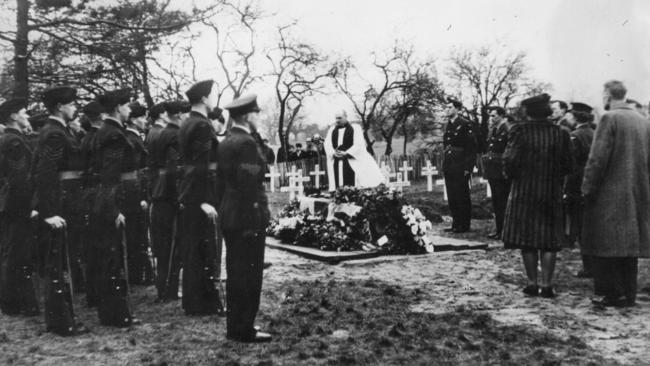
Today in History
Don't miss out on the headlines from Today in History. Followed categories will be added to My News.
SEVENTY five years ago today a bomber took off from an air base in Lakenheath in Suffolk. It was one of more than 200 aircraft on a mission to bomb heavy industry buildings in Turin, Italy. The primary pilot was Australian Ron Middleton, a small but wiry and tough man who was schooled in Dubbo and a former jackaroo at Parkes.
Middleton’s plane was hit by flak during the mission and was badly wounded, but he would never make it home. However, his grit and determination ensured that five of his crew survived and avoided capture behind enemy lines. It also resulted in him being awarded a posthumous Victoria Cross.
Born Rawdon Hume Middleton in Waverley on July 22, 1916. His middle name Hume was in honour of his great uncle explorer Hamilton Hume, but his family called him Ron.
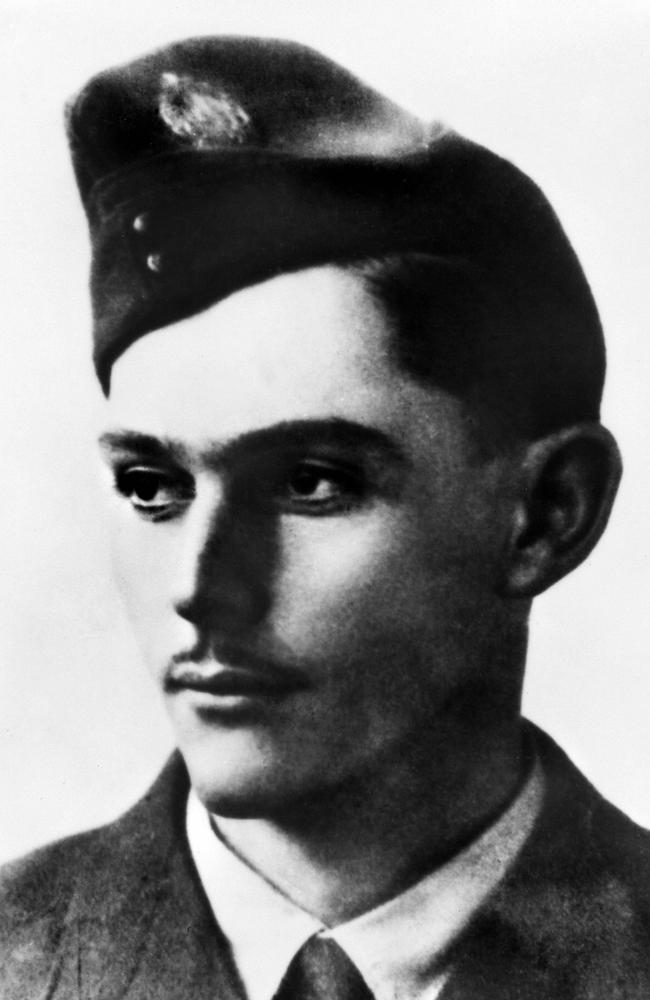
Although Middleton was born in Sydney, his family moved to the country when he was a child so his father Frank could pursue a career as a station manager. Middleton was educated at Gilgandra and then Dubbo High School, showing skill as a cricketer, footballer and tennis player despite being slight of frame. After graduation he went to work as a jackaroo on a station his father was managing at Parkes.
In the 1920s and ’30s, as Middleton was growing up, aviation pioneers were flying to country areas demonstrating how the invention could shrink the vast spaces of rural Australia. KMiddleton developed a fascination for flying. The RAAF opened up an air base at Narromine in July 1940 and in October 1940 he signed up for training as a pilot.
Middleton learned to fly in Narromine and was later sent to Canada as part of the Empire Air Training Scheme. In September 1941 he was posted to Britain where he underwent further training before being promoted to Flight Sergeant. Then in February 1942 he joined No. 149 Squadron RAF as part of Bomber Command.
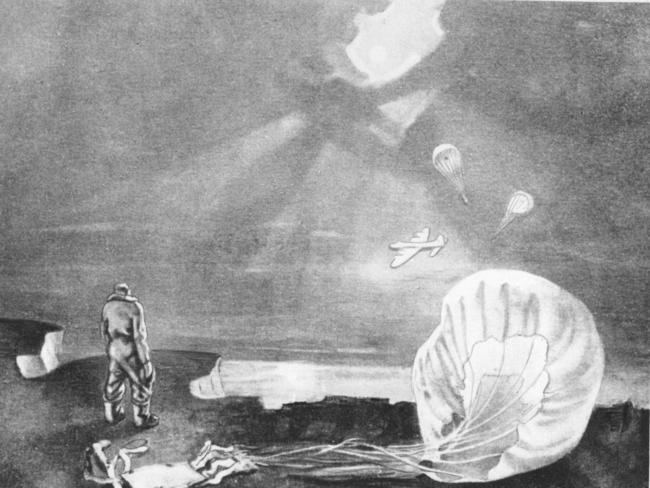
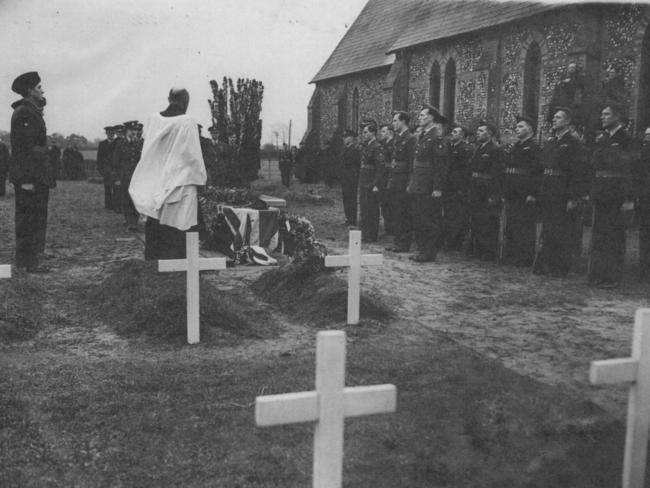
His first operational flights were over Germany as second pilot aboard Stirling bombers, but he was promoted to first pilot in July. He had flown 28 missions, two missions short of the 30 needed to finish his first tour of duty with Bomber Command, when he took off for Italy on November 28, 1942.
His target was the Fiat factory in Turin, part of a new tactic of bombing industries in Italy. As the Stirling flew across The Alps he had to climb high to avoid the mountains on what was a very dark night. As a result the plane chewed up more fuel than expected.
With barely enough fuel to return home, Middleton had to make the choice to go on or return home. He made the decision to continue and complete the mission.
The plane needed to make three passes over the city to identify the target; as they did so they were hit by anti-aircraft fire, which blew a hole in the fuselage making the aircraft difficult to control. A shell entered the cockpit and exploded, blowing out the windows and wounding Middleton, who briefly lost consciousness. (He lost his right eye, the bone above it exposed, and his legs and body were also injured.)
The plane then went into a dive before his second pilot Flt-Sgt Leslie Hyder, who was also wounded, regained control. Hyder climbed again and dropped the bombs, before Middleton came to.
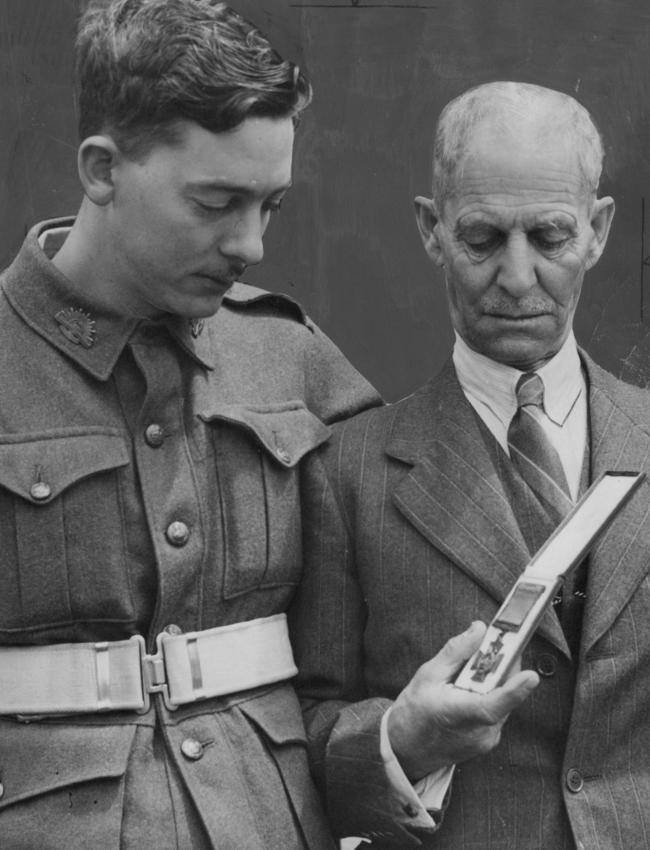
The Stirling was hit again by anti-aircraft fire as it sped away from Turin. Middleton set a course for home, knowing that he was unlikely to get there. He kept the plane flying, determined not to ditch over northern France, which was then in German hands.
The damaged plane somehow flew on with its partially blinded pilot, who needed a gunner to shout directions to him. On November 29, with only five minutes of fuel left, he reached the English coast and ordered his men to bail out. Five did and reached safety, another two stayed aboard trying to help Middleton steer the plane back out to sea to avoid any possibility of civilians being injured. The two other crewmen bailed out at the last minute but drowned and Middleton went down with his aircraft.
When the story was reported in the British press there were calls for him to be awarded a VC, which was announced in January 1943. In the citation it said “While all the crew displayed great heroism of high order, the urge to do so came from Flt Sgt Middleton whose fortitude and strength of will made possible the completion of the mission. His devotion to duty in the face of overwhelming odds is unsurpassed in the annals of the Royal Air Force.” He was the first member of the RAAF to win a Victoria Cross.
Middleton’s body washed ashore at Dover on February 1, 1943. He was buried at Suffolk with full military honours. He was 26.
Originally published as Aussie pilot Rawdon Middleton won a VC by sacrificing his life for his crew



